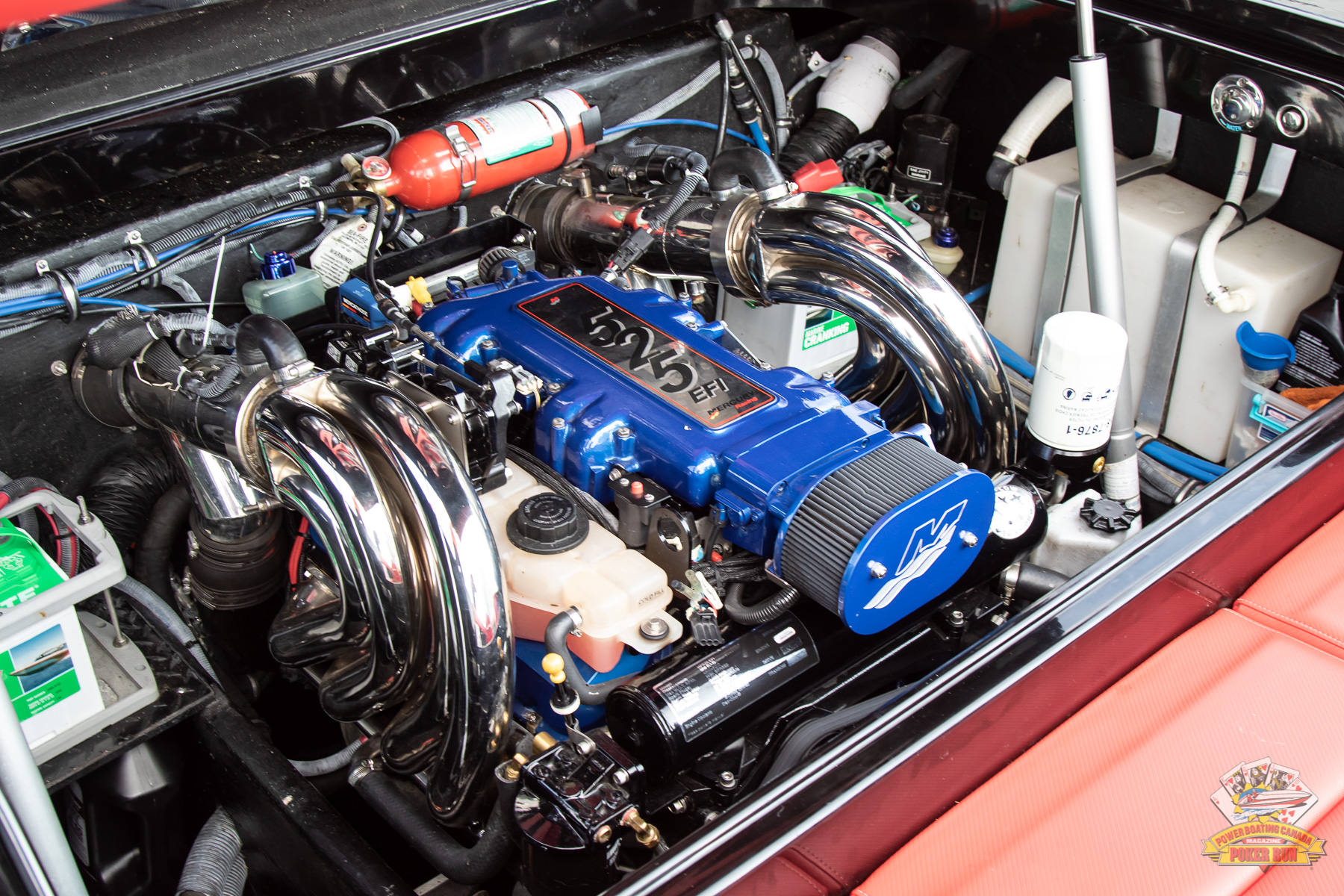Replacing boat engine parts with automotive replacements are not necessarily safe.
By Mark King
Look under the engine hatch of any gasoline-powered boat and you will generally see an automotive engine that has been marinized, configured for marine use. This means general automotive parts may fit on your marine engine. Pistons, lifters, cams and other mechanical devices are generally the same ones you would find in your truck or larger car. Even electrical and fueling components may be generally interchangeable.
This makes it tempting for the weekend tinkerer or backyard mechanic to head off to the local auto parts store on Friday to buy parts and fix or tune-up their engine on Saturday. However, a word of serious caution is in order.
In the case of electrical components – such as ignition parts – this could be a serious mistake and it is illegal. Gasoline engines operating in a marine environment must (by law) have what are called ignition protected parts.
The Office of Boating Safety states “Transport Canada’s Construction Standards for Small Vessels (TP1332) states all electrical components must be ignition protected. This includes breakers, distributors, regulators, alternators, blowers, starters, pumps and ignition wires. This is a legal requirement. Compliance labels affixed to vessels indicate that all parts must meet construction standards, including ignition protection. A marine technician or an accredited marine surveyor should certify any alterations or work done on a vessel or its engine.”
Automotive parts work fine on a car and when there’s a gasoline leak, the vapors drop out the bottom of the engine compartment and drift away in the air. In a boat, the gasoline vapors sink to the lowest point in the bilge and wait for the first spark to ignite them. Those sparks can easily come from any other electrical component that’s not ignition protected.
Ignition protection simply means components are closed off from the atmosphere so they cannot spark in an engine compartment or anywhere fuel vapours may be lurking. By technical definition, an ignition protected component will not ignite a flammable hydrocarbon mixture surrounding the device when an ignition source causes an internal explosion; or it’s incapable of releasing sufficient electrical or thermal energy to ignite a hydrocarbon mixture; or it has the source of ignition hermetically sealed.
This means your electrical devices and components won’t spark into the air surrounding that particular part. The best way to display this is to look at a marine alternator compared to an automotive alternator. When you look at an automotive alternator you can easily see the coils of wire inside through the cooling fins and vanes.
A marine unit on the other hand, is completely sealed. The same holds true for other electrical components. Battery switches are built so there’s no internal spark as the switch moves from one position to another and they are sealed from atmosphere. All exposed wire connections should be properly covered with a boot or other type of seal that eliminates exposure.
Any new boat built or sold in Canada must comply with these standards. As long as it hasn’t been tinkered or altered with, you can probably be sure it has ignition-protected components.
The problem for many boaters is with older models that were built before these issues were understood or before the safety standards were developed. It’s also an issue for those boaters who have purchased a used boat that has been repaired by a less-than-knowledgeable owner.
It is up to the owner to ensure their vessel complies with the regulations. If you are not sure, have a marine technician or mechanic inspect your boat and its components. If your alternator quits on Saturday morning, it can be very tempting to hike into town and pick up a replacement at an auto parts store, rather than order a marine unit and wait until Tuesday. But it’s both inadvisable and illegal to do so. You might get away with it. Or you might not. Is it really worth the risk?
Keyword : boat components, boat engines, boat parts, boating tip, Engines, Protection boat components, boat engines, boat parts, boating tip, Engines, Protection
